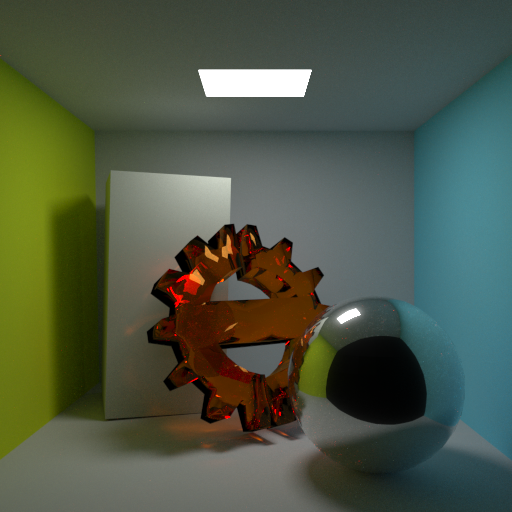Software-Based Ray Tracing for Mobile Devices
2015, Koskela, M., Master of Science thesis, Tampere University of Technology.

Abstract: Ray tracing is a way to produce realistic images of three dimensional virtual scenes. It scales more to the number of pixels in the image than to the amount of details in the scene. This makes it an interesting application for mobile systems, which in general have smaller screens.
Modern high-performance ray tracing depends on special acceleration data structures such as bounding volume hierarchies. Compressing the size of the bounding volume hierarchy leads to smaller memory bandwidth usage. This should be especially beneficial for mobile systems, which in general have smaller memory bandwidth. Compression also reduces cache misses and memory usage. Unfortunately, compression reduces the quality of the data structure, leading the ray traversal into unnecessary computations. In addition, compression increases the amount of work which needs to be carried out in the performance critical inner loop.
The previous work on bounding volume hierarchy compression concentrates on inferring some of the coordinates from other coordinates or using different integer precisions. This thesis concentrates on using half-precision floating-point numbers, which have potential due to their greater dynamic range. If the halfs are too inaccurate for use as plain world coordinates, they can be used with hierarchical encoding. This restores the quality of the data structure back to original, but it requires even more work in the inner loop.
Halfs reduce the whole memory usage by 7% and cache misses by 16%. Furthermore, they reduce power usage by 1.7%. The halfs’ effect on the performance is heavily dependent on the targeted hardware’s support for them. If decompression of the halfs is too slow, they will have a negative impact. Compared to integers, halfs have better performance in the so-called teapot-in-a-stadium problem.